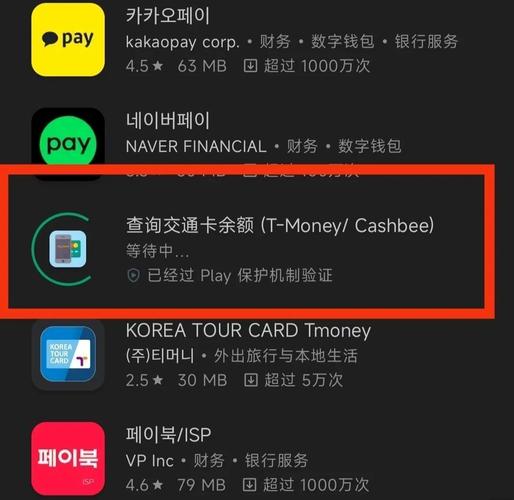How Do Android Game Developers Make Money?
Android game development has become a lucrative field, with countless developers finding success in creating engaging and profitable games. If you’re interested in becoming an Android game developer, understanding how they make money is crucial. Let’s dive into the various ways Android game developers generate revenue.
Monetization Models
There are several monetization models that Android game developers can employ to make money. Here are the most common ones:

- Freemium Model: This model offers the game for free, but includes in-app purchases for additional features, content, or cosmetic items. Many popular Android games, such as Candy Crush Saga and Clash of Clans, use this model.
- Pay-to-Play Model: Players pay a one-time fee to download and play the game. This model is less common in Android gaming, but it can still be found in some high-quality, niche games.
- Subscription Model: Players pay a recurring fee to access the game and its features. This model is more prevalent in mobile gaming, with popular examples like Minecraft: Pocket Edition and Roblox.
- Advertising Model: Developers can integrate ads into their games, earning revenue from ad impressions and clicks. This model is often used in free-to-play games, where ads can be a significant source of income.
In-App Purchases
In-app purchases are a key component of the freemium model and can be a substantial source of revenue for Android game developers. Here are some common types of in-app purchases:
- Virtual Currency: Players can purchase in-game currency to buy items, upgrade their characters, or unlock new levels.
- Items and Consumables: Players can buy specific items or consumables, such as weapons, armor, or potions, to enhance their gameplay experience.
- cosmetic Items: These are non-functional items that change the appearance of the game, such as skins, avatars, or costumes.
It’s important for developers to carefully design their in-app purchase offerings to ensure they are engaging and provide value to players. This can be achieved by offering a mix of low-cost and high-cost items, as well as implementing a sense of scarcity and urgency to encourage purchases.
Advertising Revenue
Advertising can be a lucrative source of revenue for Android game developers, especially when targeting a large user base. Here are some popular advertising options:
- Interstitial Ads: Full-screen ads that appear at natural breaks in the game, such as between levels or after a player completes a task.
- Banner Ads: Small, non-intrusive ads that can be placed at the top or bottom of the game screen.
- Video Ads: Players can watch a short video ad in exchange for rewards, such as in-game currency or items.
When implementing ads, developers must balance the need for revenue with the player experience. Overly aggressive or intrusive ads can lead to negative reviews and a decrease in player retention.
Subscription Services
Subscription services can be a steady source of income for Android game developers, especially for games with a strong community and ongoing content updates. Here are some key aspects of a successful subscription model:
- Regular Updates: Providing new content, features, and challenges keeps players engaged and encourages them to continue their subscription.
- Exclusive Benefits: Offering exclusive in-game items, events, or features to subscribers can incentivize them to maintain their subscription.
- Competitive Pricing: Finding the right balance between offering value and ensuring profitability is crucial for a successful subscription model.
Licensing and Partnerships
In addition to the monetization models mentioned above, Android game developers can explore licensing and partnerships to generate revenue. Here are some options:
- Licensing Intellectual Property: Developers can license their game’s intellectual property to other companies for use in movies, TV shows, or merchandise.
- Cross-Promotion: Partnering with other developers or companies to promote each other’s games or products can lead to increased visibility and revenue.
- Merchandising: Selling branded merchandise, such as t-shirts,


